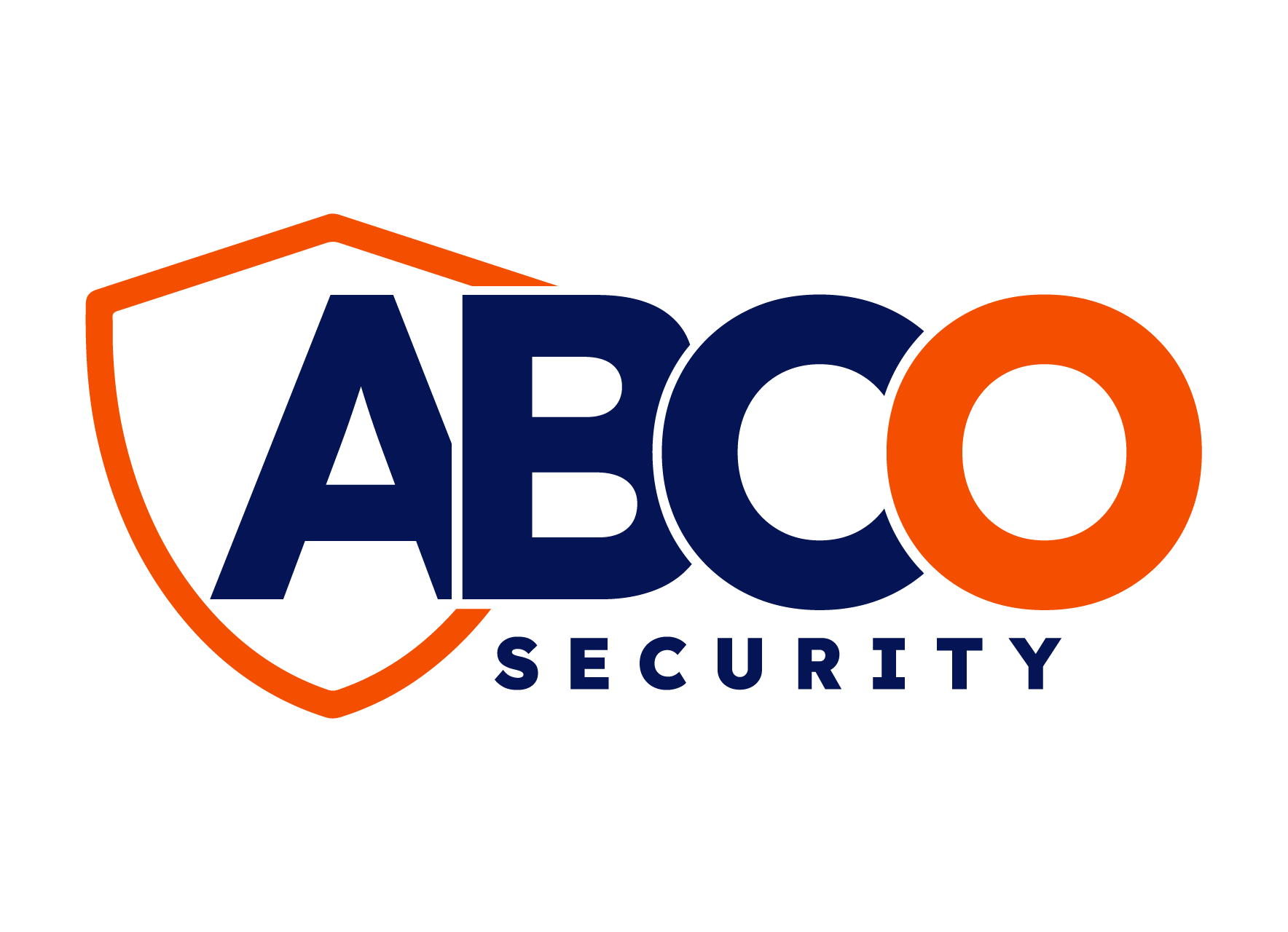
Effective risk security management involves a proactive plan to protect your organisation’s most critical assets—your people, property, and information. It is a continuous cycle of identifying potential threats, assessing their potential impact, and implementing intelligent, layered defences to neutralise them.
Understanding Security Risk Management
For any Australian business, genuine security extends far beyond installing cameras. It requires a structured, strategic approach that helps you anticipate and mitigate threats before they cause harm. This means evaluating everything from physical site breaches and internal theft to complex data security risks.
The most reliable security is built on resilience, not reaction. A reactive approach means you are always one step behind, dealing with the consequences after an incident. A proactive risk management framework allows you to stay ahead, safeguarding your operations and reputation with foresight and expertise.
Why a Proactive Approach is Essential
Adopting a proactive stance on security delivers tangible benefits that protect your bottom line and build trust. It moves your organisation from a position of vulnerability to one of control and preparedness.
Key advantages include:
- Reduced Incidents: By identifying and rectifying vulnerabilities early, you significantly lower the likelihood of theft, vandalism, or data breaches.
- Safer Environment: A secure workplace protects employees and visitors, which is fundamental to meeting your Work Health and Safety (WHS) obligations.
- Operational Continuity: Minimising security-related disruptions ensures your business can operate smoothly without costly interruptions.
- Enhanced Reputation: Demonstrating a serious commitment to security builds confidence with customers, partners, and stakeholders.
A well-designed risk management strategy is the difference between being a target and being a fortress. It shifts the focus from managing damage to preventing it from occurring.
The Core Objective of Managing Security
Ultimately, the goal is to create a secure environment where your business can thrive, free from the threat of disruption. This begins with a clear assessment of your unique vulnerabilities—whether you operate a busy construction site, a corporate office, or a retail centre.
This is where a professional Security Company Melbourne plays a crucial role. Experts can identify risks you might overlook, from blind spots in CCTV coverage to gaps in after-hours mobile patrols. They provide the experience needed to implement a plan that is both effective and fully compliant with Australian standards. Exploring different perspectives on risk management can provide a broader understanding of its core principles.
A structured approach ensures your security measures are targeted, efficient, and aligned with your operational needs, giving you both peace of mind and genuine protection.
Key Pillars of a Strong Security Framework
An effective risk security management plan is not a one-time task; it is a dynamic, ongoing process. It rests on four core pillars that work in unison to build a resilient security posture for your business. Understanding how these pillars support one another is key to protecting your Australian business from all manner of threats.
This process is a continuous loop of identifying, analysing, and protecting against security threats.
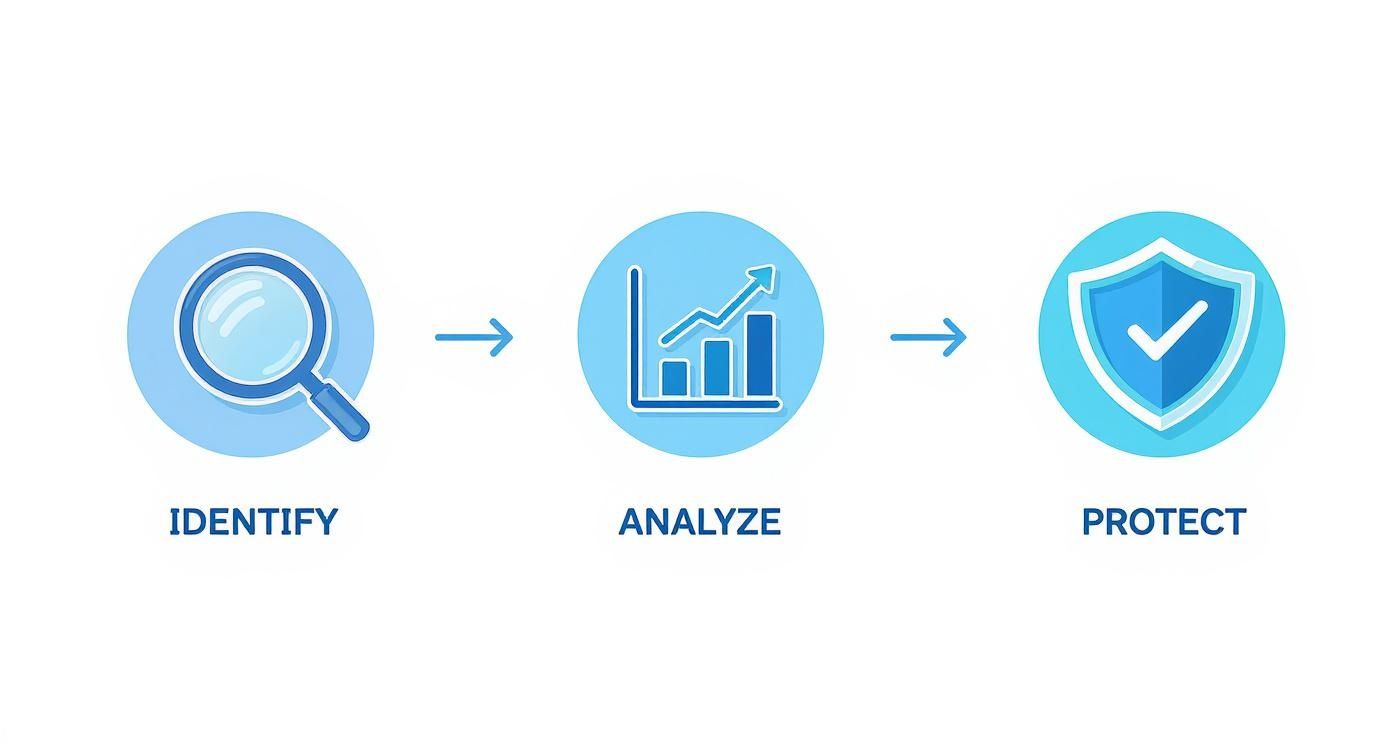
Security management is not a linear process with a final destination. Each step informs the next, creating a system that becomes more intelligent and robust over time.
To implement this cycle effectively, a solid framework is built around these four essential pillars.
The Four Pillars of Risk Security Management
| Pillar | Primary Goal | Key Activities and Examples |
|---|---|---|
| 1. Threat Identification | To uncover all potential threats and vulnerabilities across the organisation. | Physical site walkthroughs, reviewing operational procedures, interviewing staff, mapping weak spots in CCTV coverage or access points. |
| 2. Risk Assessment | To analyse and prioritise identified threats based on their likelihood and potential impact. | Calculating risk scores (e.g., low, medium, critical), assessing the impact of petty theft versus a major data breach, determining resource allocation. |
| 3. Mitigation & Control | To implement targeted security measures to reduce, transfer, or eliminate prioritised risks. | Installing fences and alarms (physical), implementing access control systems (technical), creating emergency response plans (administrative). |
| 4. Monitoring & Review | To continuously evaluate the effectiveness of security controls and adapt to new threats. | Reviewing incident logs, conducting regular security audits, testing equipment, staying current with industry standards and compliance obligations. |
This table provides a high-level overview. The real value is in understanding how these pillars function in a practical, operational context.
Pillar 1: Threat Identification
The first step is to actively identify potential threats and vulnerabilities across your business. This involves a comprehensive analysis of every aspect of your operations to spot weaknesses before an adversary does.
Effective threat identification requires thinking like an attacker. Where are the blind spots in camera coverage? Are access points on a construction site left unsecured after hours? Could an employee’s access card be easily lost or stolen?
This stage involves a combination of on-site walkthroughs, procedural reviews, and discussions with your team to create a complete list of all potential risks.
Pillar 2: Risk Assessment
Once you have a list of potential threats, the next step is to prioritise them. A risk assessment evaluates each threat based on two critical factors: its likelihood of occurring and the potential impact it would have.
For example, minor vandalism to your premises may be likely but have a low financial impact. Conversely, a targeted breach of your server room may be less likely, but the consequences—operational paralysis and reputational damage—could be catastrophic.
A thorough risk assessment provides clarity. It transforms a list of concerns into a prioritised action plan, enabling you to focus resources on the most significant threats.
By assigning each threat a risk level—from low to critical—you can make informed decisions about where to allocate your security budget for maximum effect.
Pillar 3: Mitigation and Control
This is the implementation stage. Based on your prioritised risk assessment, you can now deploy specific security measures—or controls—to address each threat. The objective is to reduce, transfer, avoid, or formally accept the risk. This is where you build your layers of defence, tailored to your unique vulnerabilities.
A solid framework is crucial for guiding these efforts. Exploring a cybersecurity risk management framework guide can offer valuable insights into structuring your control implementation.
Mitigation strategies typically involve a combination of physical, technical, and administrative controls:
- Physical Controls: Tangible measures such as high-quality fencing, upgraded locks, or mobile security patrols conducting regular property checks.
- Technical Controls: Technology-based solutions including modern high-definition CCTV, access control systems, and robust commercial alarm systems that provide instant alerts.
- Administrative Controls: Policies and procedures that shape behaviour, such as developing clear emergency response plans, conducting background checks, and providing security awareness training.
The most effective security plans integrate these elements. For instance, an access control system (technical) is only as effective as the policy defining who gets access (administrative) and the security guard monitoring the entry point (physical).
Pillar 4: Monitoring and Review
Security is never a “set and forget” solution. The final pillar is the continuous monitoring of your systems and regular review of your plan. Your business evolves, new threats emerge, and security technology advances. A plan that was robust last year may have vulnerabilities today.
This pillar requires ongoing activities, including reviewing incident reports to identify patterns and conducting periodic security audits to test your controls. Technology such as alarms and CCTV must be regularly tested and maintained.
Furthermore, staying current with industry standards and compliance requirements is vital. Reputable security partners, such as those accredited by the Australian Security Industry Association Limited (ASIAL), stay informed of these changes, ensuring you remain compliant.
Common Security Risks for Australian Businesses
Businesses in Australia today face a diverse range of threats. The first step in any effective risk security management plan is to gain a clear understanding of what you are up against. These are real-world challenges that can cause significant financial loss, operational disruption, and lasting reputational damage.
Threats can be broadly categorised as physical and digital. Each requires a specific strategy, but they are often interconnected. A comprehensive defence must address both.
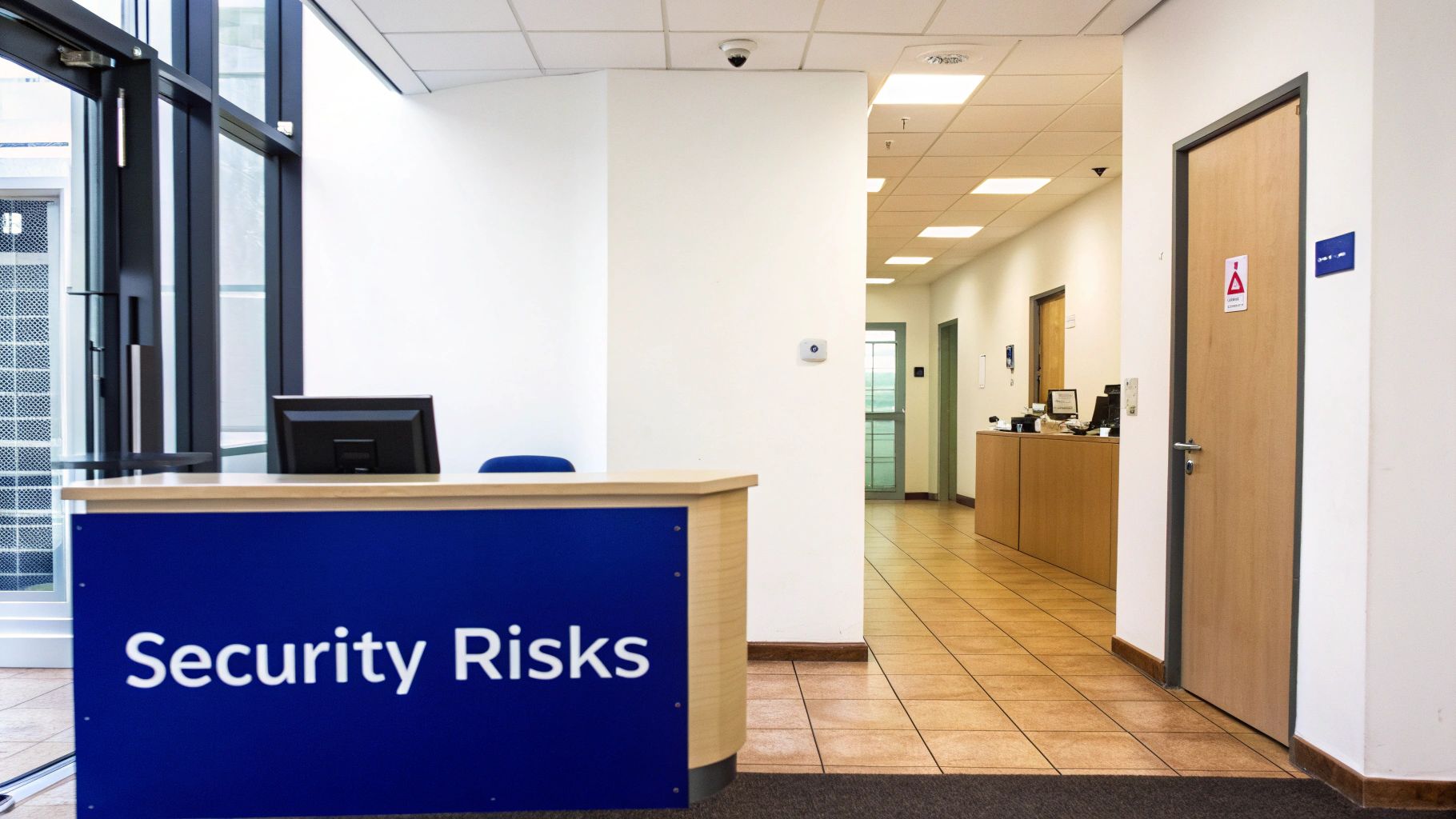
Physical Security Risks
Physical threats are aimed at your tangible assets—your property, equipment, and people. The primary objective is to prevent unauthorised access to your premises.
Common physical risks include:
- Unauthorised Access and Trespassing: From individuals entering restricted areas to thieves targeting a construction site overnight, this is the gateway to theft and vandalism.
- Vandalism and Property Damage: Deliberate damage to buildings or machinery results in costly repairs and disruptive downtime, especially for unmonitored premises.
- Internal and External Theft: This ranges from opportunistic shoplifting to calculated employee theft, which can quietly drain business resources over time.
- Workplace Violence and Aggression: Confrontations with aggressive individuals pose a direct risk to the safety of everyone on your premises.
For example, a building site is a prime target for thieves seeking valuable tools and materials. Our guide on security for construction sites details specific measures to mitigate these risks.
Analyse your property from an intruder’s perspective. Identifying weak spots and valuable targets is the foundation of a robust physical defence.
Digital Security Risks
Digital, or cyber, security risks present a major challenge for Australian businesses. A single breach can paralyse operations, expose sensitive data, and erode customer trust.
Key digital threats include:
- Phishing and Social Engineering: Deceptive emails or messages designed to trick staff into revealing credentials like passwords or financial details.
- Ransomware Attacks: Malicious software that encrypts your files, holding your business hostage until a ransom is paid.
- Data Breaches: The unauthorised access and theft of sensitive information, such as customer lists or intellectual property, leading to severe legal and reputational consequences.
- Insider Threats: When an employee, either maliciously or accidentally, compromises your digital security.
These threats require a distinct set of tools and expertise, but their impact can be just as devastating as a physical break-in.
The Importance of an Integrated Approach
The most effective risk security management strategies recognise that physical and digital security are interconnected.
Consider this: an intruder physically breaching your server room is both a physical and a digital security failure. A stolen employee laptop represents not just lost equipment but a potential data breach.
A professional security company in Melbourne understands this connection. They help you build a layered defence where access control, alarm monitoring, and mobile patrols work together to create a formidable barrier against all types of threats.
Building a Strategic Mitigation Plan
After identifying your security risks, the next step is to build your defences. A strategic mitigation plan is a proactive framework designed to manage threats and protect your assets before they are compromised. This is where risk security management becomes operational.
Think of it as constructing a fortress with layered defences—a moat, high walls, and watchtowers. For Australian businesses, this means combining technology with a well-trained human presence to create a robust security shield.
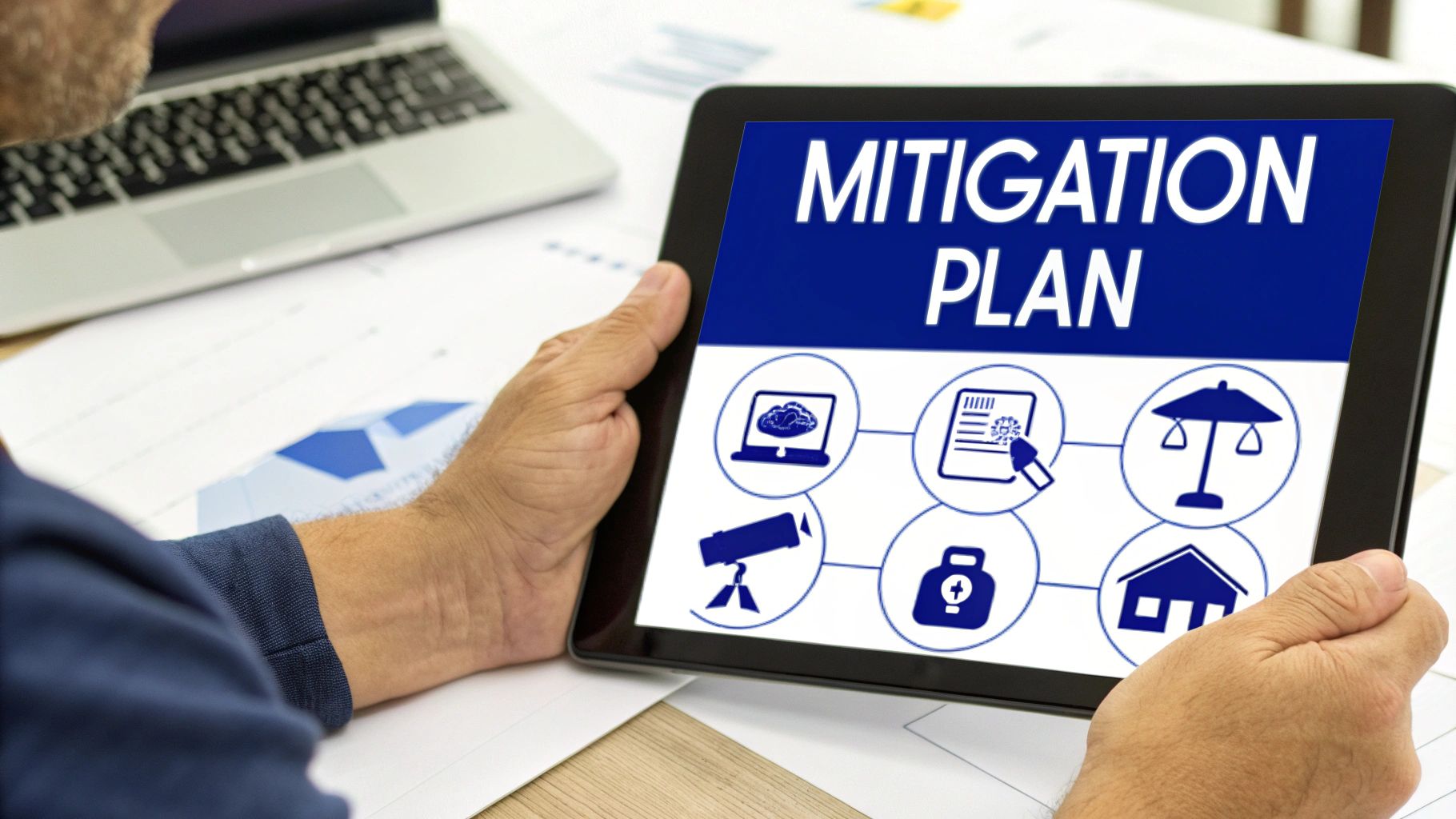
Four Core Mitigation Strategies
Security professionals typically use four main strategies to address risk. The appropriate choice depends on the specific threat, its potential impact, and the cost of implementing a countermeasure. A professional security company in Melbourne can help you determine the optimal mix for your situation.
The four core strategies are:
- Risk Avoidance: Decisively choosing not to engage in an activity that carries an unacceptable level of risk.
- Risk Reduction: The most common approach, involving controls to make a threat less likely or less damaging.
- Risk Transference: Shifting the financial consequences of a potential loss to another party.
- Risk Acceptance: Making a conscious decision to accept a risk when the cost of mitigation outweighs the potential damage.
Knowing how to apply each strategy is key to building an effective and financially sound plan.
Applying Mitigation Strategies in Practice
Let’s explore how these strategies apply in real-world scenarios.
Strategy 1: Risk Avoidance
Avoidance means completely sidestepping the danger.
- Example: A courier company’s delivery route passes through a high-crime area, resulting in vehicle break-ins. Management avoids the risk by remapping the route through a safer neighbourhood, even if it adds ten minutes to the journey. The threat is eliminated from their operations.
Strategy 2: Risk Reduction
This is where most security measures are implemented to make threats harder to execute.
- Example: A construction site manager is concerned about after-hours theft. To reduce this risk, they deploy a multi-layered solution:
- High-definition CCTV cameras are installed at gates and storage areas.
- The perimeter fencing is reinforced to prevent unauthorised access.
- Mobile security patrols conduct random, visible checks throughout the night.
While no single measure is foolproof, together they significantly lower the probability of a theft occurring.
Strategy 3: Risk Transference
Transference is a financial strategy to offload the monetary consequences of a risk.
- Example: An event organiser for a large music festival faces enormous financial risk from a potential public liability lawsuit. They transfer this financial risk by purchasing a comprehensive public liability insurance policy.
This strategy does not prevent an incident, but it shields the organisation from catastrophic financial impact, ensuring business continuity.
Strategy 4: Risk Acceptance
Some risks are not worth the expense to eliminate.
- Example: A small retail store owner experiences occasional petty shoplifting of low-value items. The cost of hiring a full-time static security guard would far exceed the value of the stolen goods. The owner makes a business decision to accept this low-level risk as a cost of doing business.
Building Your Customised Mitigation Plan
No two businesses are identical, so a generic security plan will leave you exposed. Your mitigation strategy must be tailored to your unique operations and vulnerabilities. For public gatherings, a structured approach is critical; our event risk assessment template provides a useful starting point.
A trusted security partner works with you to design a custom plan that blends these four strategies. This requires a deep understanding of industry best practices and local compliance rules, such as those established by the Australian Security Industry Association Limited (ASIAL).
The outcome should be a dynamic and cost-effective risk security management program that gives you the confidence to focus on your business.
Ready to build a mitigation plan that protects your business? Book a professional security consultation today.
Meeting Compliance and Industry Standards in Australia
In Australia, effective risk security management is about navigating a complex landscape of legal obligations and industry standards designed to ensure safety and operational integrity. Non-compliance can lead to serious legal consequences and reputational damage.
The Work Health and Safety (WHS) Act legally requires every business to provide a safe and secure environment for all personnel and visitors. A professionally developed security plan is not optional; it is a core component of your legal duty of care.
The Role of Professional Standards
Partnering with a fully licenced and compliant security provider is essential. Professional bodies like the Australian Security Industry Association Limited (ASIAL) set the benchmark for quality, ethics, and training in the security industry. Working with an ASIAL member ensures your partner is accountable, properly insured, and committed to upholding the highest standards.
To better understand your specific legal duties, you can explore more about Australian safety laws and their application to your business.
Adherence to recognised standards demonstrates a serious commitment to security to your staff, clients, and regulators. It is a non-negotiable part of building a resilient Australian business.
Navigating Digital and Physical Compliance
Modern security compliance extends beyond physical premises. The lines between physical and digital risks have blurred, as evidenced by the 1,113 data breaches reported to the Office of the Australian Information Commissioner (OAIC) in 2024. This highlights the necessity of an integrated approach that protects both your physical and digital assets.
A comprehensive risk security management plan must cover both domains. This involves combining physical measures like access control with digital defences like firewalls. Adhering to global standards like ISO 27001 and AI-powered risk detection is becoming the benchmark for modern security.
A professional security company can guide you through this landscape, ensuring every component of your strategy is aligned with Australian legal frameworks.
Ready to ensure your security plan is fully compliant? Book a professional security consultation today.
Why Partnering With a Security Expert is a Strategic Decision
Effective risk security management demands specialised skills and constant vigilance that most organisations cannot sustain internally. Attempting to manage security in-house often diverts focus and resources from your core business activities.
Engaging a professional security company provides immediate access to trained personnel, 24/7 responsiveness, and extensive industry experience. It transforms security from a burdensome cost into a strategic advantage, allowing you to focus on your primary objectives with confidence.
Expertise and Resources On-Demand
A professional security provider offers a depth of expertise that is difficult to develop in-house. Their officers are licenced professionals skilled in de-escalation, threat detection, and emergency response—the critical human element that technology alone cannot replicate.
A true security partner delivers a complete service based on a thorough risk assessment to identify your unique vulnerabilities. This informs a customised security plan that may include a combination of services:
- Static Security Guards: A consistent, visible presence to deter threats at critical points.
- Alarm Monitoring and Response: Ensuring every alert is actioned immediately by a dedicated rapid-response team.
- Mobile Security Patrols: Regular, unpredictable patrols to disrupt criminal patterns and provide a visible deterrent.
This integrated strategy ensures all layers of your security work in harmony, creating a more resilient defence.
Building a Relationship on Trust and Reliability
A strong security partnership is built on trust. You are entrusting a provider with the protection of your most valuable assets. It is vital to choose a partner committed to compliance and ethical standards, such as those set by the Australian Security Industry Association Limited (ASIAL).
Partnering with a security expert is an investment in peace of mind. It allows you to focus on growing your business, confident that your security is managed by professionals who understand local risks and Australian standards.
A reliable security firm acts as an extension of your team, providing transparent communication, detailed reporting, and proactive advice to continuously improve your security posture. This collaborative approach removes the daily burden of security management from your organisation.
Ready to create a safer, more secure environment for your business?
Book a professional security consultation today.
Frequently Asked Questions
Here are answers to some common questions about building a robust security posture for your business.
What is the first step in security risk management?
The first step is always Threat Identification. A comprehensive security plan begins with a clear understanding of the potential threats you face. This involves a detailed site assessment, a review of operational procedures, and the identification of all potential vulnerabilities, from physical access points to digital weaknesses.
How often should I review my security plan?
Your security plan should be treated as a dynamic document. We recommend a comprehensive review at least annually. Additionally, the plan should be revisited immediately following any significant operational change, such as opening a new facility, or after any security incident.
Is it better to use technology or security guards?
The most effective security strategies integrate technology with a human presence. CCTV and alarms provide excellent 24/7 monitoring, but security guards offer the on-the-ground judgement, immediate response, and powerful deterrence that technology cannot replicate. They are two parts of a single, effective system.
It’s a partnership. A monitored alarm is only truly effective if a trained professional is ready to respond. Likewise, a guard becomes infinitely more effective when they have eyes everywhere thanks to real-time camera feeds.
How do I know if a security company is compliant?
When selecting a security partner in Australia, due diligence is crucial. Verify that the company is fully licenced and insured. Membership with professional bodies like the Australian Security Industry Association Limited (ASIAL) is a strong indicator of a commitment to best practices, ethical standards, and ongoing training. Always request to see their compliance documentation.
Ready to build a security plan that genuinely fits your business? The expert team at ABCO Security Services Australia is here to guide you through identifying, assessing, and neutralising risks.
